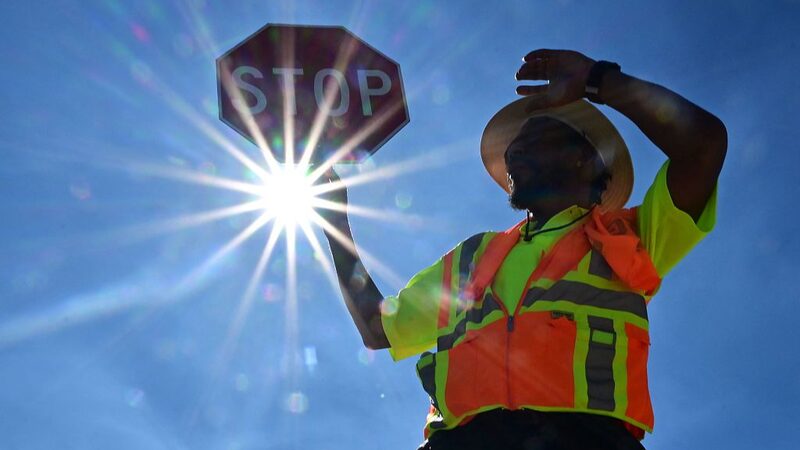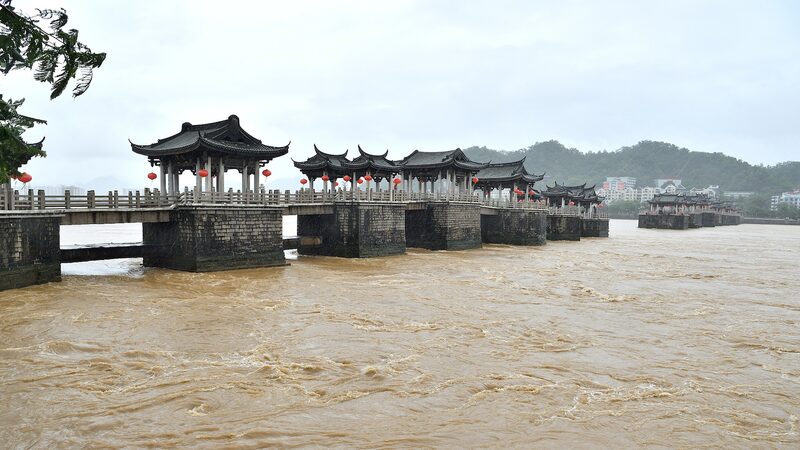Greece is currently grappling with a severe water crisis, driven by soaring temperatures and the pressures of a booming tourism industry. 🌡️🏖️
The Mornos artificial lake, situated approximately 150 kilometers northeast of Athens, has been a crucial reservoir for the Greek capital's water supply since a dam was built on the Mornos River in 1979. This dam not only created the lake but also led to the evacuation and submergence of the village of Kallio.
Remarkably, this summer has witnessed Kallio rising from the depths, becoming partially visible again as water levels have drastically decreased. In July 2023, the lake spanned around 16.6 square kilometers. Fast forward to this July, and that area has shrunk to just 12.8 square kilometers, according to the National Observatory of Athens. 📉
The plight of Mornos Lake is a bellwether for the broader water challenges facing Greece. Several islands are already experiencing shortages, and other regions are on the brink due to prolonged droughts and a significant drop in rainfall and snowfall. The Environment and Energy Ministry announced on Tuesday that over the past two years, water reserves at Mornos and three other main reservoirs serving the greater Athens area have dwindled by approximately 30%, now holding about 703 million cubic meters.
With half of Greece's population residing in the greater Athens area, these declining water reserves are a major cause for concern. 🏙️💧
\"There was low rainfall, and in particular snowfall, during the winters of 2022-2023 and 2023-2024,\" explained Dimitrios Emmanouloudis, a professor of Mountain Water Management at the Democritus University of Thrace in northern Greece.
As Greece faces these mounting water shortages, urgent measures are needed to ensure sustainable water management and to safeguard the well-being of its residents and vital industries.
Reference(s):
cgtn.com




